Plants or Crops
All Plants or Crops Content
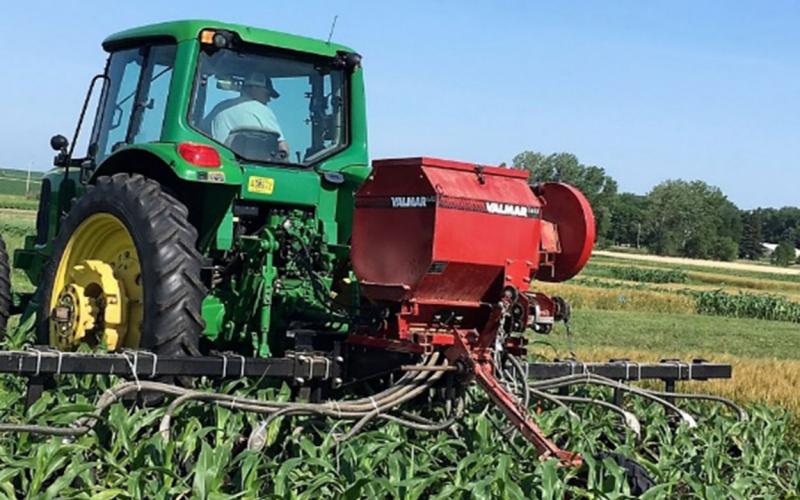
Interseeding Cover Crops Effect on Corn and Soybean Production: 2019
Incorporating cover crops into our cropping systems and moving from conventional tillage to no-till can improve soil organic matter, soil structure, and water and nutrient holding capacity of our soils.
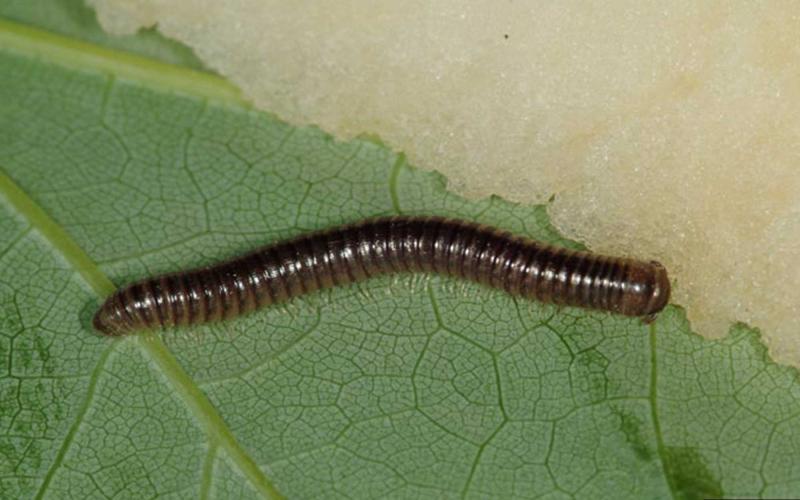
Millipedes May Be Responsible for Reduced Soybean Stands in 2020
When we think of millipedes, it is usually as a nuisance pest indoors. However, there have been reports in South Dakota and neighboring states of millipedes being more than just a nuisance in 2020.
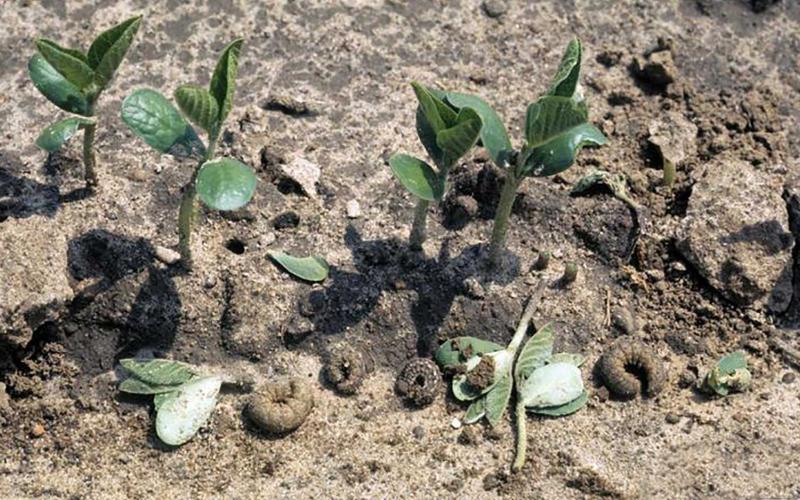
Scout Soybean for Black Cutworm Activity
Typically, we are concerned with black cutworm activity in corn fields. However, 2020 has been anything but a typical year and we are instead concerned with black cutworm activity in soybean fields.
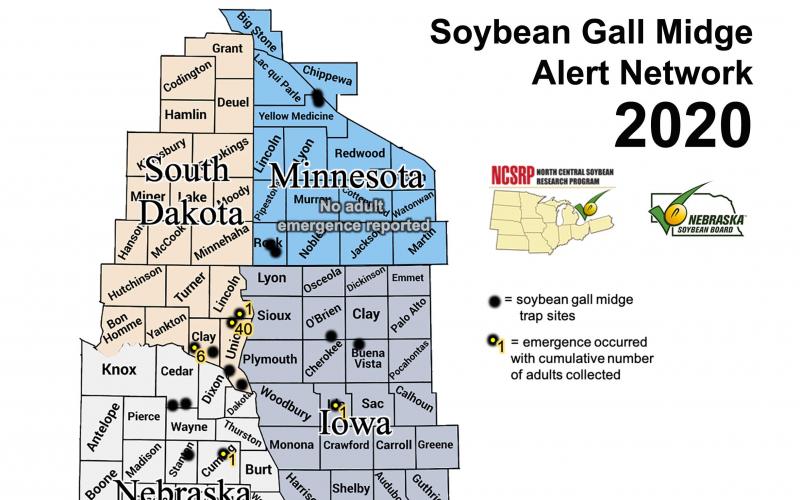
Soybean Gall Midge Adults Emerging in South Dakota
Over the weekend, a SDSU Extension collaborator reported that soybean gall midge adults had been captured in Southeastern South Dakota. These are the first adults that have been observed in South Dakota in 2020.
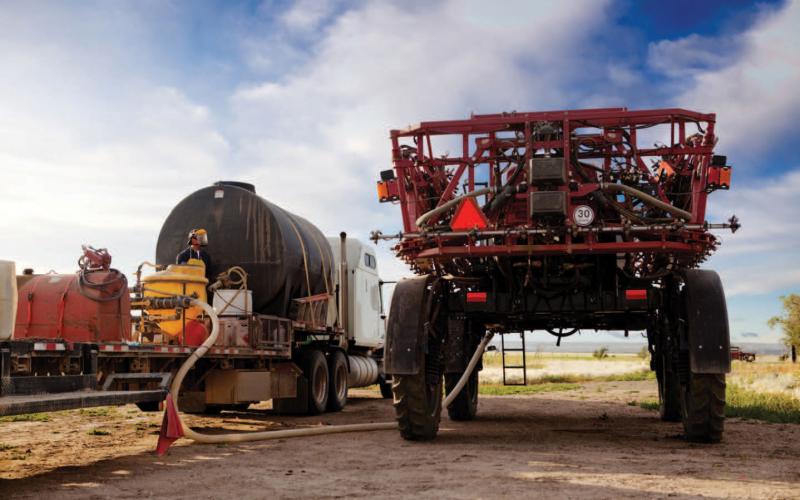
Alternatives to Postemergence Dicamba Applications
Cancellations of three dicamba labels on June 6, 2020 by the U.S. Environmental Protection Agency, left many farmers looking for options for effective weed control this summer.

Watch for Seedcorn Maggots in Emerging Soybean
Of all of the potential early season pests, the seedcorn maggot is rarely an issue in South Dakota. However, we have started receiving reports of soybean fields that have poor emergence or seedling stand reductions occurring.
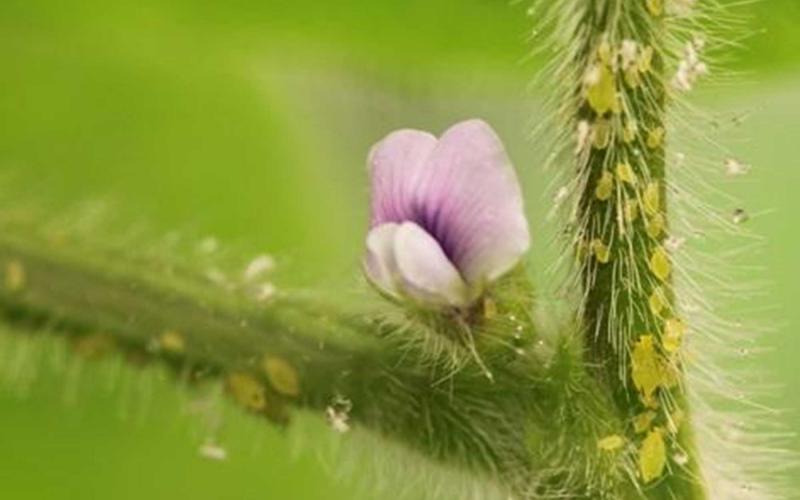
Don’t Get Surprised. Start Scouting for Soybean Aphids.
Soybean aphid populations have been observed in neighboring states and in very small populations in South Dakota. It is a good reminder that soybean aphid scouting should occur throughout the growing season to prevent population outbreaks and yield loss.
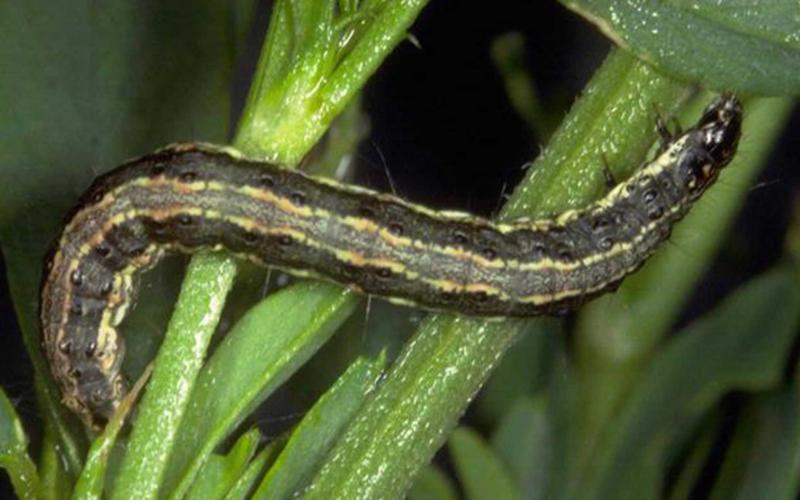
Monitor Soybean and Sunflower for Alfalfa Webworm Caterpillars
In the last couple of weeks, we have received numerous reports of small green caterpillars in soybean and sunflower. The caterpillars have been described as producing webbing and moving extremely quickly when disturbed.

Start Scouting Fields for Thistle Caterpillar Activity
Many of our summer insect pests overwinter in the Southern U.S. and rely on wind currents to travel north in the spring and summer. The thistle caterpillar is one of those pests.
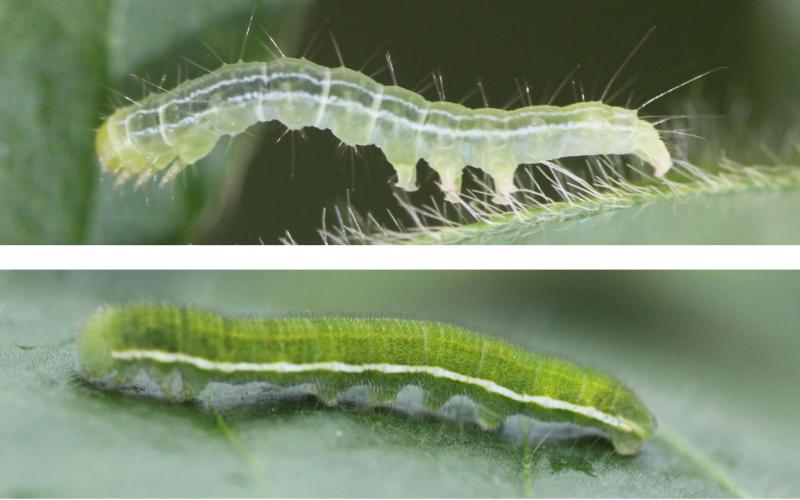
Soybean Defoliators Are Active
It’s that time of the season when numerous defoliating insects can be observed in a single soybean field. Most of the defoliators at this time are green cloverworms and alfalfa caterpillars.